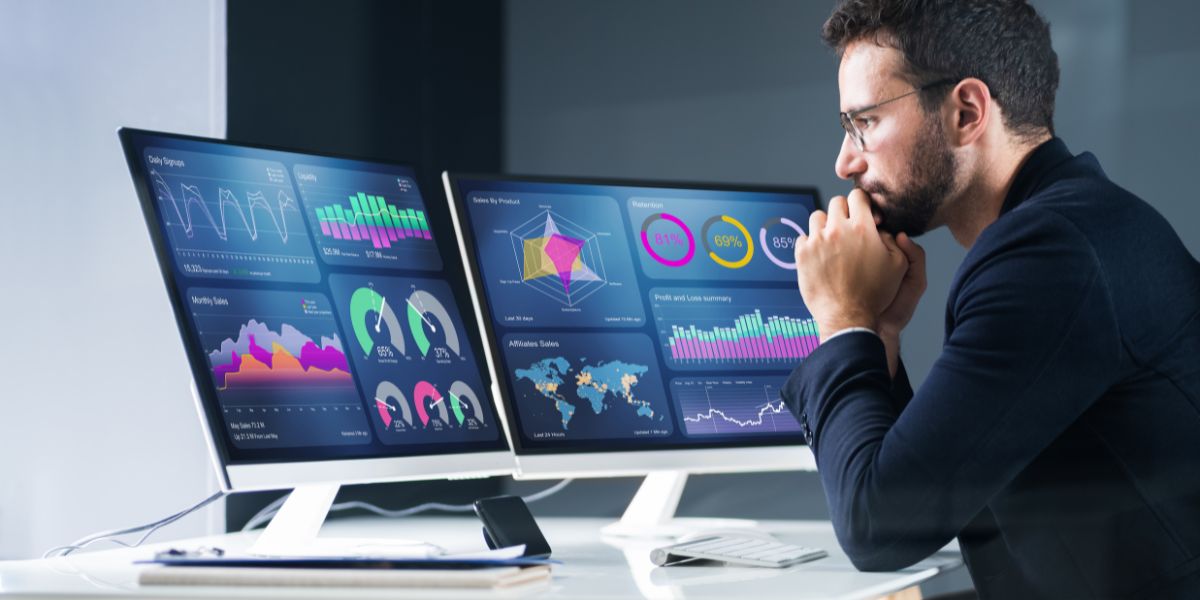The Influence of Sports Simulations on Betting Market Trends and Odds

In this fast-evolving world of sports betting, modern advanced sports simulation technology is making a significant difference in how odds are calculated and trends emerge in the betting market. With the ongoing advancements in big data analytics and machine learning, simulations in sports have become increasingly sophisticated, providing predictive models that impact everything from how sportsbooks set betting lines to influencing bettor behavior.
How Sports Simulations Work
A key element of sports simulation models involves using large volumes of data to project outcomes. Factors such as player performance history, team statistics, weather conditions, and even day-of-game injuries are all synthesized into a probabilistic model. Unlike traditional statistical models, simulations can run through thousands of game scenarios in little time, giving bookmakers a distinct advantage by providing users with probabilities for different outcomes.
For example, a simulation model of an English Premier League match can be iterated tens of thousands of times, slightly altering variables like ball possession, scoring opportunities, and player fatigue. The result is a more nuanced set of probabilities that sportsbooks can use to fine-tune their betting odds.
However, sports fans should still compare different sites to see what odds are on offer, as bookmakers each calculate their odds in slightly different ways. Many US bettors find the most competitive odds are available at overseas sites: Adam Haynes from Best Offshore Sportsbooks reported that whether it’s betting on the NFL, NBA, horse racing, or the English Premier League, the top offshore sites deliver, with a plethora of excellent odds and prices for several sports, entertainment, and novelty betting options for fans to choose from.
The Impact on Odds Setting
Setting the odds is one of the major ways in which sports simulations significantly impact the betting markets. For years, sportsbooks have aimed to set odds that balance betting action equally on both sides, thus reducing their risk. Using simulations, they achieve a level of precision previously unattainable. The predictive accuracy of simulation-based models enables sportsbooks to identify potential outcomes with greater certainty.
A study conducted by the Gambling Commission in 2023 found that betting operators using simulation-based data saw a 15% increase in the accuracy of the odds set compared to those relying solely on traditional metrics. This shift has far-reaching implications for the industry, as sharper odds not only protect the house's margins but also alter the playing field for bettors.
Dynamic Shifts in Betting Trends
The influence of simulation models extends beyond odds-setting and into overall market trends. The betting landscape has evolved as more bettors use simulation-based analysis to inform their wagers. Recently, Sports Tech World reported that 38% of bettors now leverage simulation-driven insights for placing bets, up from 22% in 2020—a substantial increase.
This shift has fueled the rapid rise of micro betting, where wagers are placed on specific in-game events, such as the outcome of the next play in an NFL game or the total number of three-pointers scored in an NBA quarter. Simulations can project outcomes in these micro-markets with remarkable detail, prompting sportsbooks to expand their offerings to cover more types of in-game events.
Innovations Driven by Simulations
Innovations in sports simulations are also reshaping the platforms that sportsbooks offer. Companies like DraftKings and FanDuel have started integrating simulation-driven analysis directly into their platforms, allowing users to access game previews and predictions based on thousands of simulated outcomes. These tools have quickly become popular among both recreational and professional bettors.
In-play betting, which allows wagers to be placed while a game is in progress, has also been transformed by simulations. Previously, in-play odds were set primarily by simple algorithms and human judgment. Now, real-time simulations dynamically adjust the odds based on changing game conditions. For example, if a key player is injured during a soccer match, simulations can immediately adjust the odds to reflect the updated likelihood of either team winning. According to statistics from Betway, in-play betting now accounts for more than 70% of its total betting volume—a figure significantly boosted by the adoption of real-time simulations.
Challenges and Criticisms
Despite their advantages, simulations in sports betting are not without drawbacks. For one, while advanced, these systems are not infallible. Unexpected events, such as extreme weather or last-minute player withdrawals, can still disrupt predictions. Some critics argue that the increasingly complex nature of odds driven by simulations is unfair to casual bettors who may lack access to sophisticated analytical tools.
An ethical debate also surrounds the transparency of simulation-based odds. Some industry experts believe that sportsbooks should disclose the extent to which simulations influence their odds to create a level playing field. Others, however, contend that such disclosure could compromise the competitive advantage of betting operators.
Looking Ahead
As technology continues to evolve, the role of sports simulations in betting is poised to grow even further. Algorithms are continually refined, and advancements in artificial intelligence are likely to enhance the accuracy of predictive models. This evolution could lead to even sharper odds and new betting markets tailored to meet increasingly specific interests.
Please note that some links in this article may be sponsored or contain affiliate content.